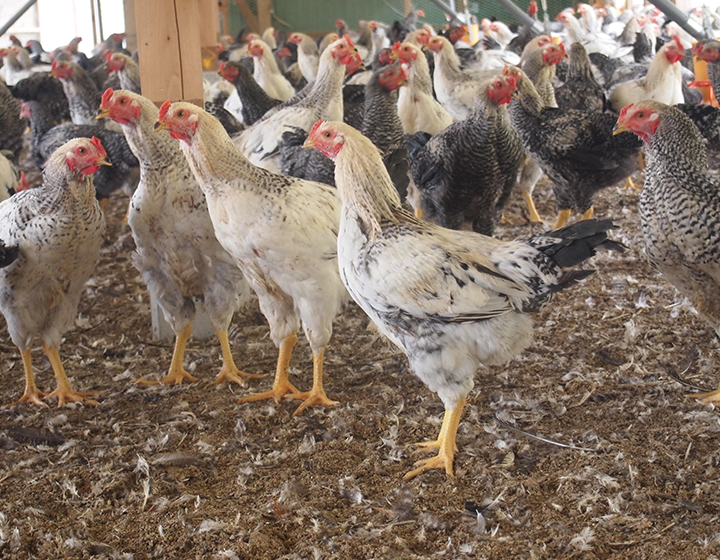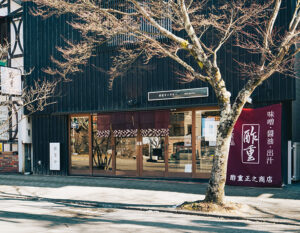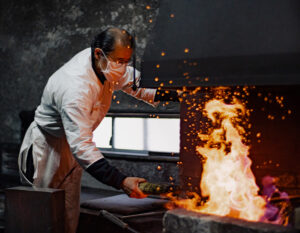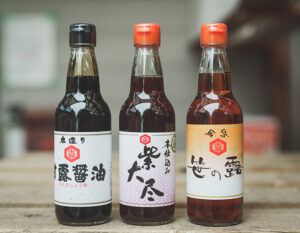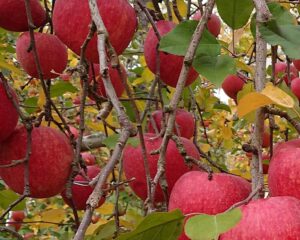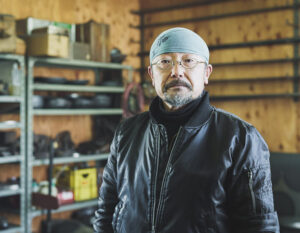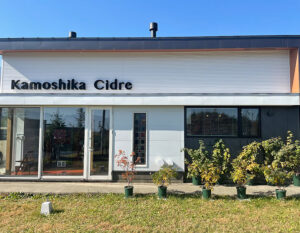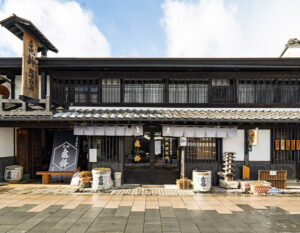Komatsu Seed Chicken Farm Ariakeyama Farm, a farm utilizing natural energy
Komatsu Chicken Farm Ariakeyama Farm, a 45,000-square-meter poultry farm located at the foot of the Northern Alps in Azumino City, central Nagano Prefecture, took a new step forward in 2018. The two companies, established in 2012, provide support and consulting services to the agriculture, forestry, and fisheries sectors through the use of solar power and other natural energy sources .
With the aim of improving synergy between the operation of livestock facilities and solar power generation, the chicken coops at Komatsu Seed Chicken Farm Ariakeyama Farm were renovated as part of the company’s “agricultural sharing” business. Solar panels were installed on the entire roof of the chicken coop in line with the company’s decision to implement a 20-year feed-in tariff (FIT) program to promote renewable energy.
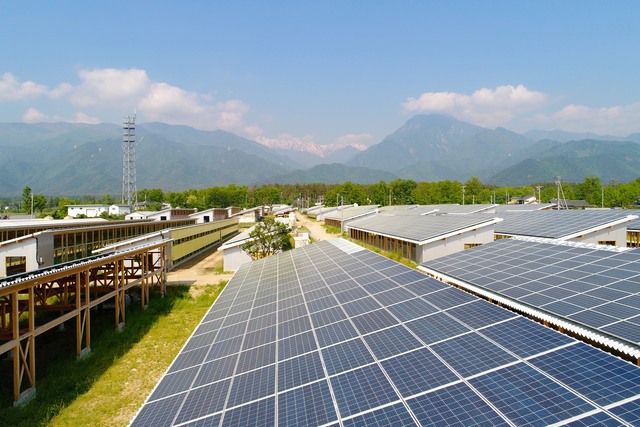
The system is such that Hidakaya and Rural Energy, which installed the solar panels, will receive income from the sale of electricity and Komatsu Seed Chicken Farm will receive compensation for providing the land, and the funds will be used to operate the farm.
Although initial costs were incurred to build the new chicken coops, the results of solar power generation in Azumino City, Nagano Prefecture, with its high rate of sunny weather, were more than they had imagined. Perhaps it is because the company is located in Okayama Prefecture, which also boasts a high rate of sunny weather, that they were able to see the odds against this project.
Income from sources other than livestock farming enables more cost-effective rearing
The new chicken house is characterized by the fact that the cage-feeding method used until then has been eliminated, and the chickens are now consistently reared in a flat-feeding system. By thoroughly implementing the “animal welfare” concept of keeping chickens in a comfortable environment, stress on the animals is greatly reduced, and the benefits are reflected in the taste, aroma, and quality of the meat. The benefits are evident in the taste, aroma, and meat quality of the animals. The income from solar power generation is another factor that makes it possible to keep the animals flat, which is more expensive than keeping them in cages in terms of management.
The fact that they now have income from sources other than the livestock business, which was unthinkable before the partnership, has created an environment in which they can spend more money and resources on feed and rearing methods. As a result, the quality of the chicken meat and eggs they produce has improved, and they have been able to meet customers who demand high quality at a high unit price. In addition, the hygiene-controlled, flat-raised chickens cause less odor pollution to the surrounding area, and the agricultural sharing has completed a positive cycle.
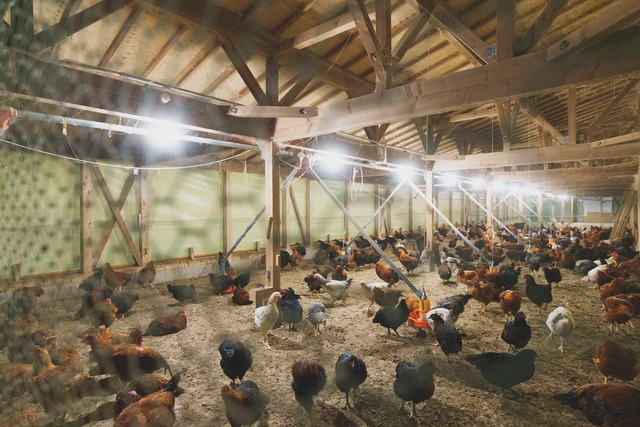
What are the characteristics of the original brand of jidori chicken?
Currently, Komatsu Jidorijo Ariakeyama Farm raises approximately 6,000 chickens for food use and 18,000 egg-laying chickens. The farm raises two types of jidori for human consumption: “Bizen Shamo” and “Shinshu Azumino Gundori,” which are the farm’s original brand of jidori. Bizen Gundori is characterized by its resilient and chewy meat and the delicious flavor that overflows every time it is chewed. It was created by crossing the Okazaki Ohan, a brand-name chicken born in Okazaki City, Aichi Prefecture, with the Ryugundori Gorou, a large chicken developed in Tatsuno City, Hyogo Prefecture, which has a strong flavor and elasticity. The Shinshu Azumino Gundori, on the other hand, is attractive for its meat, which is chewy and rich like a jidori chicken, yet does not become so tough even when cooked. The “Red Broiler,” which is an improved version of the broiler breed that accounts for more than 90% of the chicken sold in Japan, was crossbred with several strains of gamecock to enhance its flavor and taste. Both of these products were created with the confidence that the needs and desires of those involved in the poultry industry were taken into consideration.
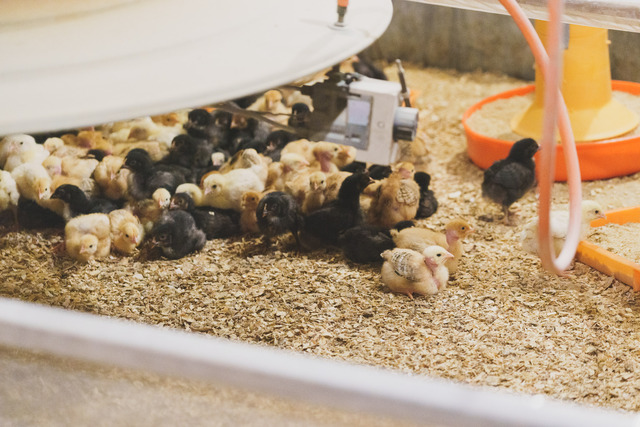
These two breeds are carefully raised one by one in the rich natural environment of Azumino, where roosters are raised slowly for 110 days after hatching, and hens are raised for 135 days. The standard for broiler chickens is 75 days, and even the standard for fattening up for locally raised chickens is 75 days, so this alone shows how much work goes into raising these chickens. The long time it takes to grow the chickens maximizes their own individual strength and produces chicken meat with a deep flavor.
Taking full advantage of the benefits of the Azumino foothills
The vast site is also used to its advantage in the environment in which the chickens are fattened. In Japan, the Japanese Agricultural Standards require that chickens be kept in a “flat-feeding environment from 28 days of age with no more than 10 birds per square meter” in order to be sold as jidori (locally raised chickens), but the Komatsu chicken farm fattening is conducted in a very relaxed environment with about six birds per square meter. The chickens are allowed to move around freely, and this stress-free physical activity leads to an increase in the elasticity and flavor of the meat. The benefits of the Azumino foothills are also fully utilized in the ingredients that the chickens eat. In particular, water from Azumino, which has been selected as one of the 100 best waters in Japan, directly contributes to the taste of the chicken. For feed, a combination of well-balanced materials is used according to the characteristics and growth speed of each breed of chicken. Chickens raised on high-quality soil, water, and safe feed that benefit from the magnificent natural environment are highly regarded by many people, increasing the brand’s recognition.
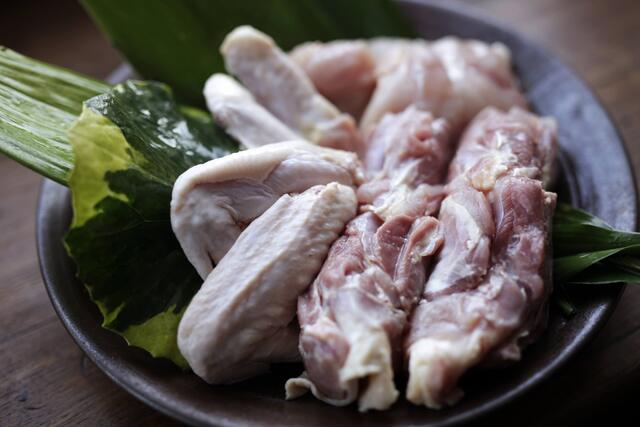
Growing Worldwide Recognition of Brand Jidori Chickens
Since the production costs are as high as possible, it is only natural that the selling price is correspondingly higher. It is sometimes traded at the same price as beef. In Japan, chicken is perceived as a less expensive foodstuff compared to beef and pork. It is not easy to get rid of the old image of “beef for special occasions and chicken for special occasions,” but restaurants that mainly serve chicken dishes, such as French and Italian restaurants and Japanese restaurants that serve yakitori (grilled chicken), are gaining worldwide recognition through contests and gourmet guides. It is an undeniable fact that the value of jidori chicken has been increasing as it has received excellent reviews around the world through contests and gourmet guides. The number of branded jidori produced throughout Japan is increasing every year. The number of brand-name jidori produced in Japan is increasing year by year, and it is truly a warring age of jidori. The company’s poultry farming business is not the only pillar of its business, but it is this other pillar that has enabled it to improve the quality of its own brand, and to provide chicken meat that is tailor-made to meet the needs of its clients, such as the amount of fat and the fineness of the meat.
The particular brand of jidori chicken raised using state-of-the-art technology that conflicts with the rich nature of the Azumino foothills will advocate new possibilities for the industry.



